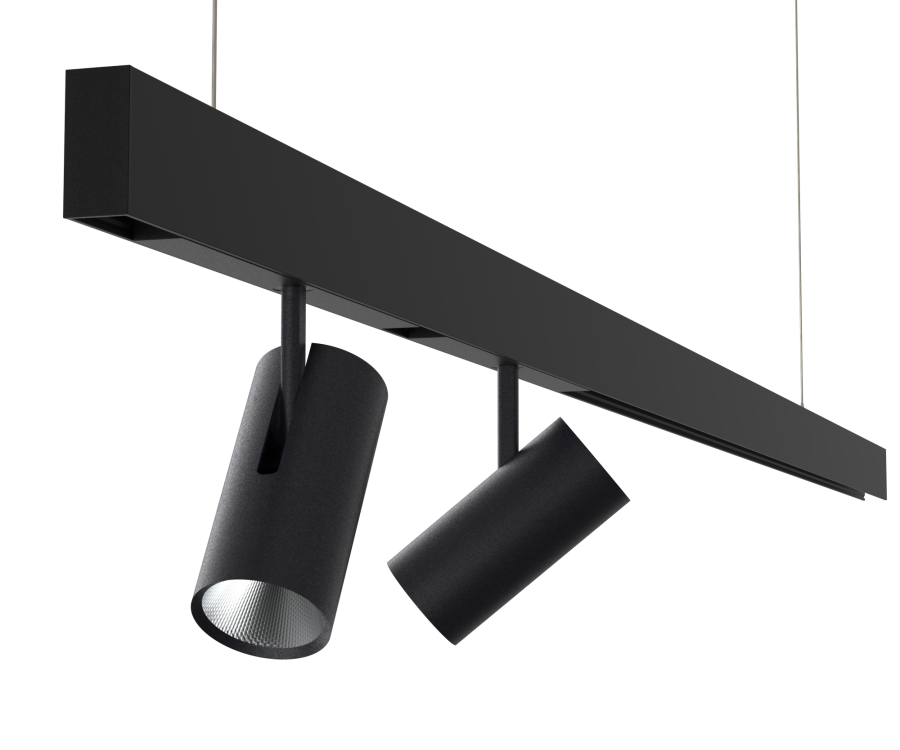
What light do you need?
Use as much daylight as possible! Adjust your lighting system accordingly and combine natural and artificial sources. One option would be constant light control. If you make your control system dependent on daylight, light sensors are used at defined points - near windows, in the middle of the room, on the facade - to measure the incidence of light and decide whether artificial light needs to be added. Another advantage of daylight control systems: The blinds can also be operated automatically and thus opened or closed depending on the incidence of sunlight.
Questions you should ask yourself for optimization:
- Are there windows or other natural light sources you can use?
- Do I have dimmable light sources?
- What daylight control system do I want to use?
When do you need light?
Do you have fixed times for cleaning or delivery of your goods and regular opening hours? Then it makes sense to work with timers during these lighting periods. One possibility is to switch on the light only partially at the beginning of the working day and to switch it on fully when the store opens. But not only in the rooms - also in the advertising, parking lot and outdoor lighting you can control the lighting. Here, time, demand and brightness can play a role.
Questions you should ask yourself for optimization:
- During which periods do I need external lighting?
- How should facades, parking lots and outdoor areas be illuminated?
- How should my sales area be illuminated outside opening hours?
- What about the illumination of advertising media?
Where do you need light?
Restrooms, basements, parking garages - Here, light usually burns unnecessarily. In less used rooms, motion sensors can help save electricity and energy. Infrared sensors can also be useful here. They are similar to the well-known infrared cameras and can run in semi-automated mode. This means that the user switches on the light manually. After the set time, it turns off completely or switches to a predefined mode. The advantage is that this type of operation cannot be affected by other heat sources, such as devices that heat up nearby. This saves more energy than a fully automated solution.
How do you measure light?
What kind of sensors do you want to use? For example, there are types with electronic remote control or with mechanical control through shutters. Think carefully about where and at what height you want to place sensors to measure light. Which area should the sensors scan? If you are using daylight sensors, make sure that they are not installed in the immediate vicinity of windows or other light sources. Hanging them on fixed pillars or walls is equally unfavorable. Large storage rooms should be divided and equipped with several sensors. For wide underground garages or parking garages, long-range solutions that can detect in a circular pattern are the best choice.
Box: How high should sensors be hung?
- Light sensors: up to 12 meters
- Presence sensors: up to 3.5 meters
- Motion sensors: up to 13 meters, sensor range varies with mounting height
- Multisensors (presence and motion sensors combined): up to 3.5 meters




